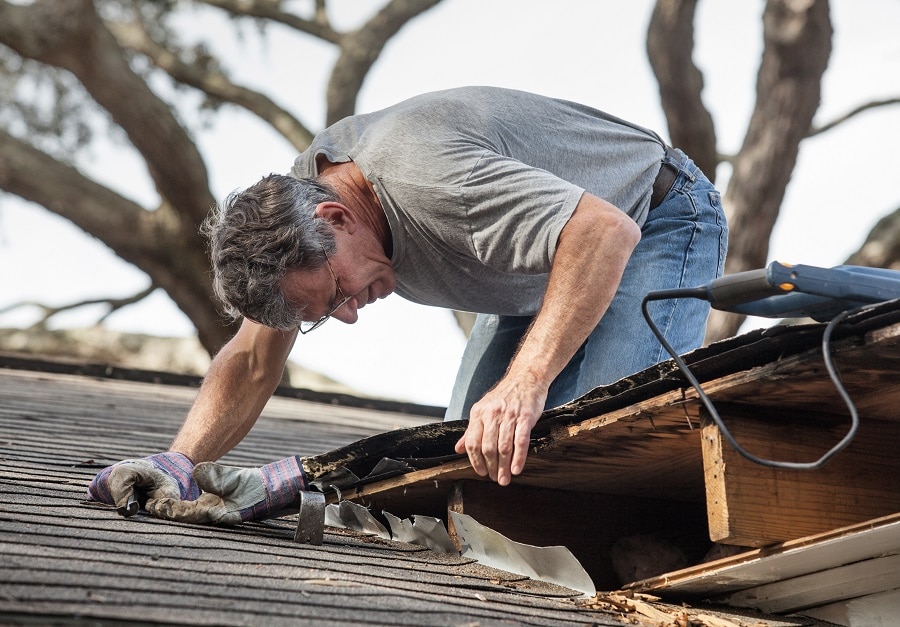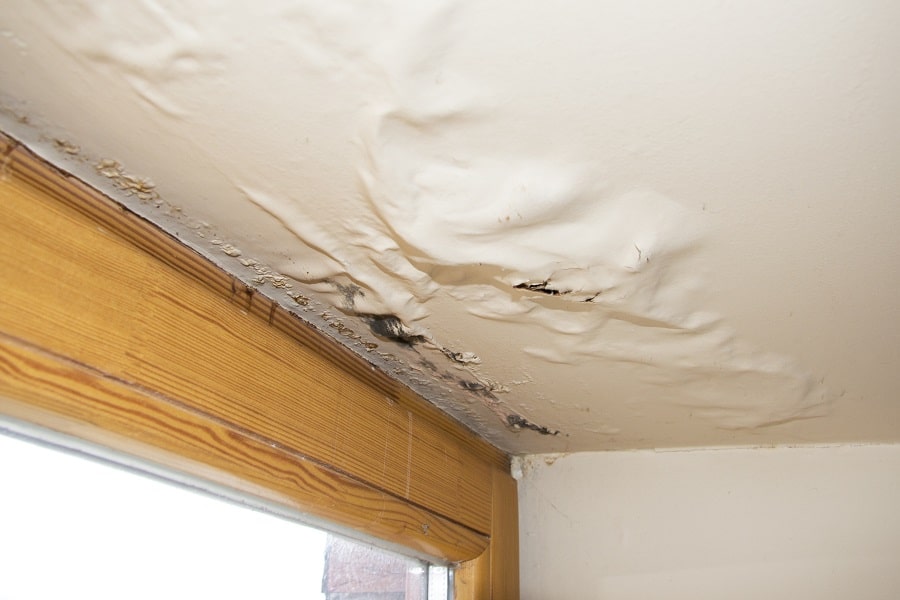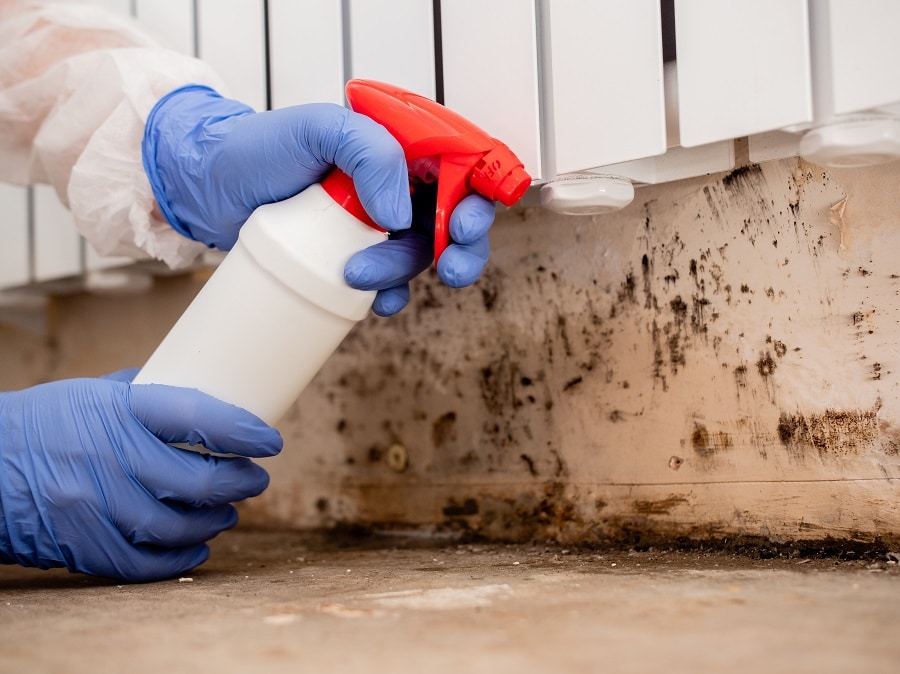When we consider any building, regardless of its age, any timber decay within the building is often caused by rot. Wood rot manifests in two common forms: dry and wet rot, with both being (brought on by) a result of fungal decay in building timbers.
What is Wet Rot?
Wet rot is a parasite that can be found in wet timber. It twists the timber, triggering swelling and fibre separation; leading to loss of structural strength and crumbling. Wet rot can trigger wood decay, making it lose its structural integrity and to eventually fall apart. Incessant contact with sources of moisture is the primary cause of wet rot in structural wood. This can be from faulty plumbing or penetrating damp from the building’s ‘wet’ side. Wet rot is fungi that can spread and inflict damage on neighbouring timbers.
Our Guarantee
- upto 30 year guarantee
- customer focused team
- 20 years combined experience
- portfolio of satified customers
- attention to detail
- Construction line accreditation
- public liability insurance
- CHAS accreditation
What is the Difference Between Dry Rot and Wet Rot?
Dry rot can cause quick and extensive damage to structural timber as it circulates the affected property. Wet rot, on the other hand, is far more common even though the effects are less severe: damage is restricted to the waterlogged areas on the timber. In the absence of obvious fungus, we can differentiate Wet Rot from the Dry Rot by observing the differences in the timber colour and the type/size of cracking seen on the timber with the progression of either type of rot.
What causes Wet Rot?
Certain environmental conditions are behind the development of wet rot spores. Moist timber is the major cause of wet rot in timber. Moisture can speed up the development of wet rot. Consequently, the timber begins to display obvious signs of decay.
The Dangers of Wet Rot in Bognor-Regis
Wet rot is a devastating problem. It can destroy your home and ruin its value. Wet rot must be treated immediately it is noticed, or it will spread throughout your home. A recent survey asked 2,038 London homeowners if they ever noticed wet rot in their homes, where the rot was found, and also if they had any success preventing a recurrence.
The results were appalling – over 20% of the respondents had noticed wet rot in some form or the other. Wet rot causes damage to timber floors and can make the building structurally unsound. Apart from the costly repair work, it could go even further by devaluing your property. Most insurance providers will not offer policies to buildings with clear signs of moisture ingress or damp buildup.

What are the Warning Signs of Wet Rot?
Signs of Wet Rot or the conditions needed by the fungus to become pervasive can vary depending on type cause of moisture with a property. Peeling wallpaper (especially at the corners), malfunctioning central heating boiler, a persistent musty smell, and malfunctioning cookers are some easy-to-spot signs of wet rot. Common areas where you can find wet rot include underneath the kitchen sink, along external walls, and roof spaces/attics. Wet rot will normally affect older structures which have been constructed with timber frames and not modern species like Meranti and Sapele. Timber from below ground level up to a one-floor level is another prime victim of wet rot. Being able to identify wet or dry rot is a big part of managing its growth. If you believe that your house suffers from a wet rot infestation, then you should carry out a damp survey immediately.
Call Our Sussex Damp Experts team now for quote, consultation and advice:
Call on 01273 257 765.
How and When Should I Look for Wood Rot?
The same as spring cleaning, searching for signs of rot and damp is a task that should be undertaken annually. The pre-winter preparation period is a great opportunity for you to do this. The inspection requires a long-handle screwdriver as well as a powerful flashlight.
Looking out for discolouration or swelling below and around the windows is necessary for buildings with wood siding. Paint can often disguise wood rot, so poke the siding with the screwdriver to make sure that the wood is solid. If the wood is spongy and the surface gives as you apply pressure, you’ve got a wood rot problem. Test the attic for discoloured wood using a good flashlight. Use the screwdriver test when you reach any part that fits the bill. Ensure you check the underside of the roof decking, in the joints where the wood members connect at the top of the roof, and at the edges of the attic where the rafters slope down to form the eaves, are prime spots in the attic for wood rot.
Use the flashlight to examine the wood in the crawl room or basement for discolouration around the border wood plate sitting directly on the concrete wall. Use the screwdriver test wherever necessary. Examine walls and floors for signs of water leaks or discolouration under sinks, around tubs and baths, and the water heater.
How do we identify wet rot?
Unfortunately, detecting wet rot is not an exact science, wet rot can affect timber in several distinct ways. An excellent way to confirm rot in painted timber is to stick a knife in it, up to the hilt. Our specialist damp proofing experts have years of experience and are trained to look for the following:
- Localised fungal growth on timber
- The soft, spongy feel of timber; the affected area appears darker than the surrounding timber.
- The soft and spongy texture of rotting timber; the affected region often looks darker than the other parts.
- That spongy, soft feel timber gets when affected by wet rot; the affected parts are darker than the other areas.
- The spongy, soft texture of rotten timber; the infested area is darker than the other parts.
- The springy feeling that is an indicator of wet rot; the affected area is often darker than others around it.
- Crumbling of affected dry timber into particles.
- Dry timber crumbling into particles.
- The crumbling of infested timber into dry particles.
- Dried-out timber disintegrating into particles.
- The disintegration of rot-eaten timber into particles.
- Shrinking timber
- Bleaching wood in window and door frames
- Flaky or damaged paint
- A musty, damp smell
What to Do After You Detect Wet Rot?
You need the services of a damp expert to take on wet rot; ensuring the source of moisture is identified and blocked is crucial to preventing repeat cases. For further information about treating wet rot, call us on 01273 257 765 and let Sussex Damp Experts help.
Wet Rot and Damp Proofing in Bognor-Regis

If you need help with Wet Rot or Damp Proofing you are in the right place. When you call us immediately you notice signs of damp or wet rot, we can fix the problem by putting a stop to the progression of the infestation; helping you avoid pricey repairs down the road and minimising health risks. We will investigate the source of the damp or wet rot and provide solutions as well as advise on how to prevent a similar situation.
Timber damp proofing, not to be confused with cosmetic treatment, refers to a maintenance strategy intended to protect the timber from decay. Protection for timber is possible in two ways.
Surface treatments are not reliable; they always fail and end up intensifying the issue. The only answer is to cover the entire surface with a membrane or treating/replacing the timber. If you would like to speak with one of our experts or require further information about treating wet rot, call us on 01273 257 765 and let Sussex Damp Experts help.
Wet Rot Treatment Specialists in Bognor-Regis
With over ten years of experience in the field, we are one of the leading wet rot specialists in Bognor-Regis, offering free surveys and no obligation quotations to householders, landlords and commercial property owners. Our damp proofing team will pay you a visit and identify signs of moisture invasion and wet rot, we will then provide a lasting solution to fix the problem. Our experts use advanced methods to detect and treat various forms of rot in properties.
Wet Rot Treatment in Bognor-Regis
Wet rot can be found predominantly in areas that are constantly exposed to moisture. However, when we treat wet rot, we do not just fix the damage caused by it. The problem must be treated at its source. We find out where the water is meeting the wood and prevent the damp from recurring in the future, this ensures we put a stop to any reappearance/re-occurrence of timber rot in your property. Wet rot treatment should be handled by professionals who understand the process and can provide lasting solutions. Delay in treatment can result in a compounded increase in the treatment cost. You are best served to contact damp proofing specialists such as Sussex Damp Experts immediately you notice signs of fungi development or hyphae strands.

We have the skills to get rid of wet rot. Sussex Damp Experts is always ready to help, we quickly identify the cause of the humidity and the affected areas. Don’t wait any longer, pick up your phone and call us on 01273 257 765 or by using the contact form on our website.
Our Wet Rot Treatment Process in Bognor-Regis
The damage worsens the more you put off starting the treatment process. If you recognise the presence of wet rot early enough, the treatment can be restricted to a small area. In situations where the rot has advanced across your timber’s breadth, you may need to get replacements for full timber beams or take on major repair work. Wet rot treatment comprises various steps. The treatment process begins with an assessment of the source of the problem and eliminating exposure of the timber to moisture. We locate the source of water leakage, whether in the form of poor guttering or condensation among others and take the appropriate action to fix it. Replacing the affected wood is often the port of call for inexperienced builders or contractors. Using chemical preservatives on the damaged area is usually the next step. Such an approach is assured of failure. If you are having problems with wet rot in your building, contact Sussex Damp Experts today. We can help you eliminate the problem.
What happens to Wet Rot if left untreated?
Leaving wet rot to grow unchecked will lead to the weakening of the structural timber which could affect the safety of the residents. When the rot settles in the timber, it becomes spongy and falls in if you poke it with a knife or screwdriver. The long-term effect is that the timber loses its structural integrity with time, and you also run the risk of condemning your building if the issue persists. Call Sussex Damp Experts on 01273 257 765 and speak with one of our Experts in Wet Rot Treatment today!
What is the cost of Wet Rot Treatment in Bognor-Regis?
Rot can have a devastating effect on any property. The type of damage done as well as the severity will determine the cost of remedial work and damp proofing to be done. However, don’t let that discourage you. Our wet rot treatment services in Bognor-Regis come at an affordable cost. We are dedicated to providing the right solutions to help you keep your home rot-free.
How to prevent wet rot?
Wood must be ideally kept dry and treated to prevent the timber from decaying. Wood hardeners are another excellent precautionary measure. The hardener provides an extra layer of protection against rot. Areas of a building that are most vulnerable to damp include window boxes and sills, and timbers that haven’t passed through damp proofing treatment such as fungicide and sealant applications but still touch stonework.
Talk to Our Wet Rot Treatment Experts Today!
Sussex Damp Experts can provide more information on wet rot treatment, call our experts on 01273 257 765 today to get started.
FAQ
Is wet rot smelly?
Is Wet Rot Capable of Spreading?
Can Wet Rot Cause Health Problems?
Is there a DIY treatment solution?




